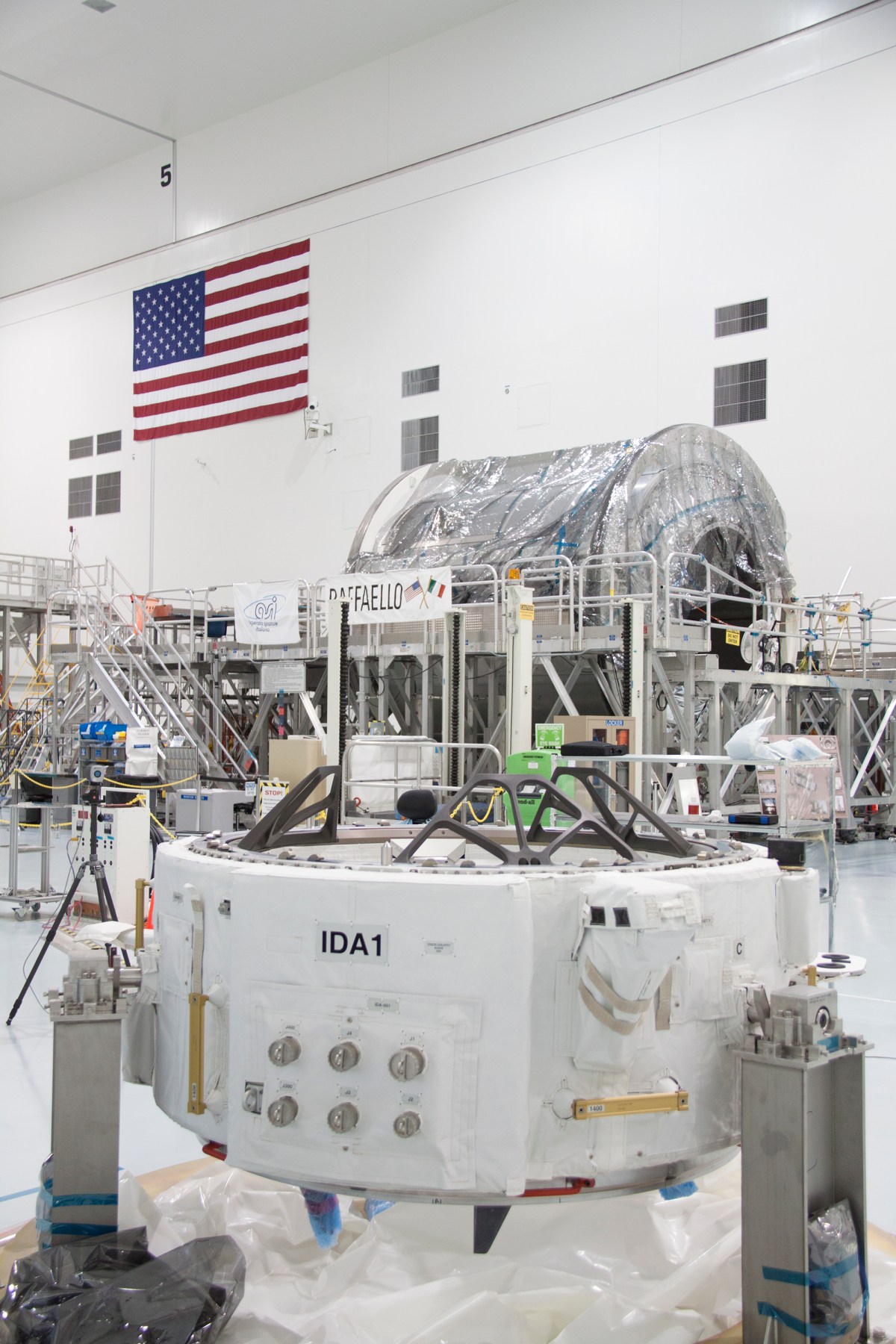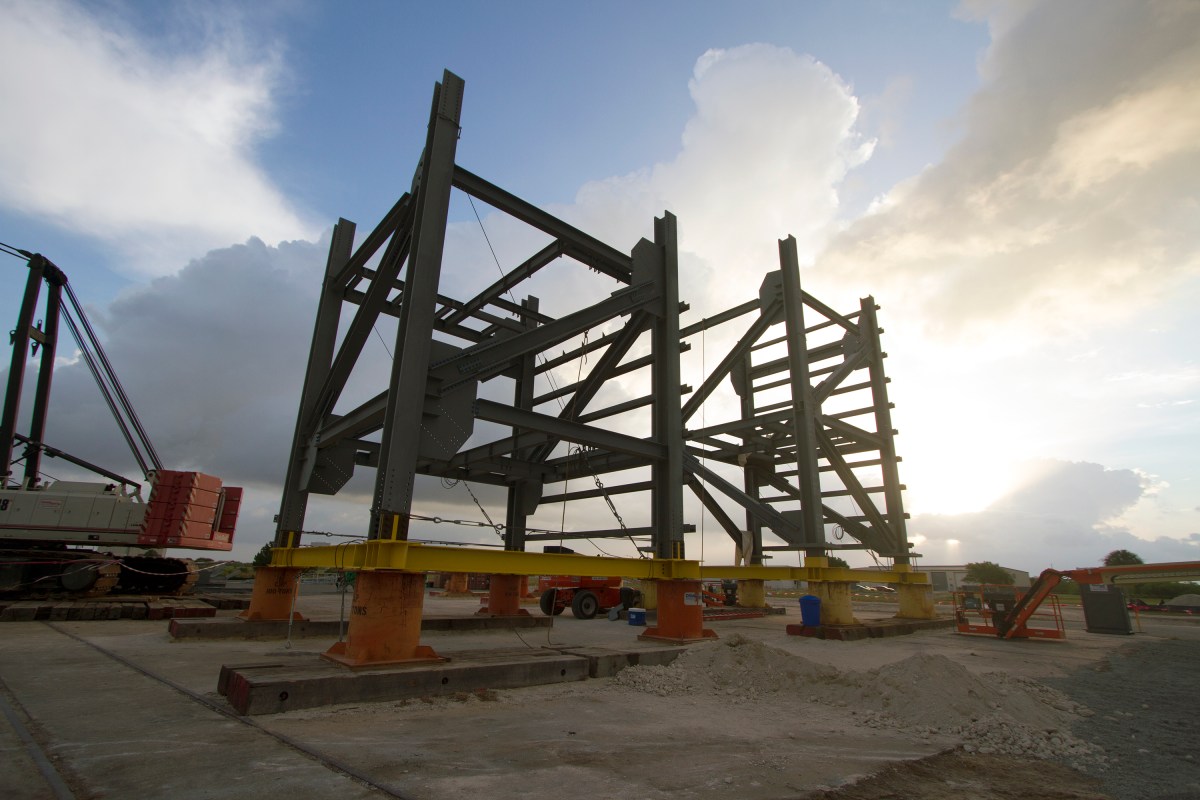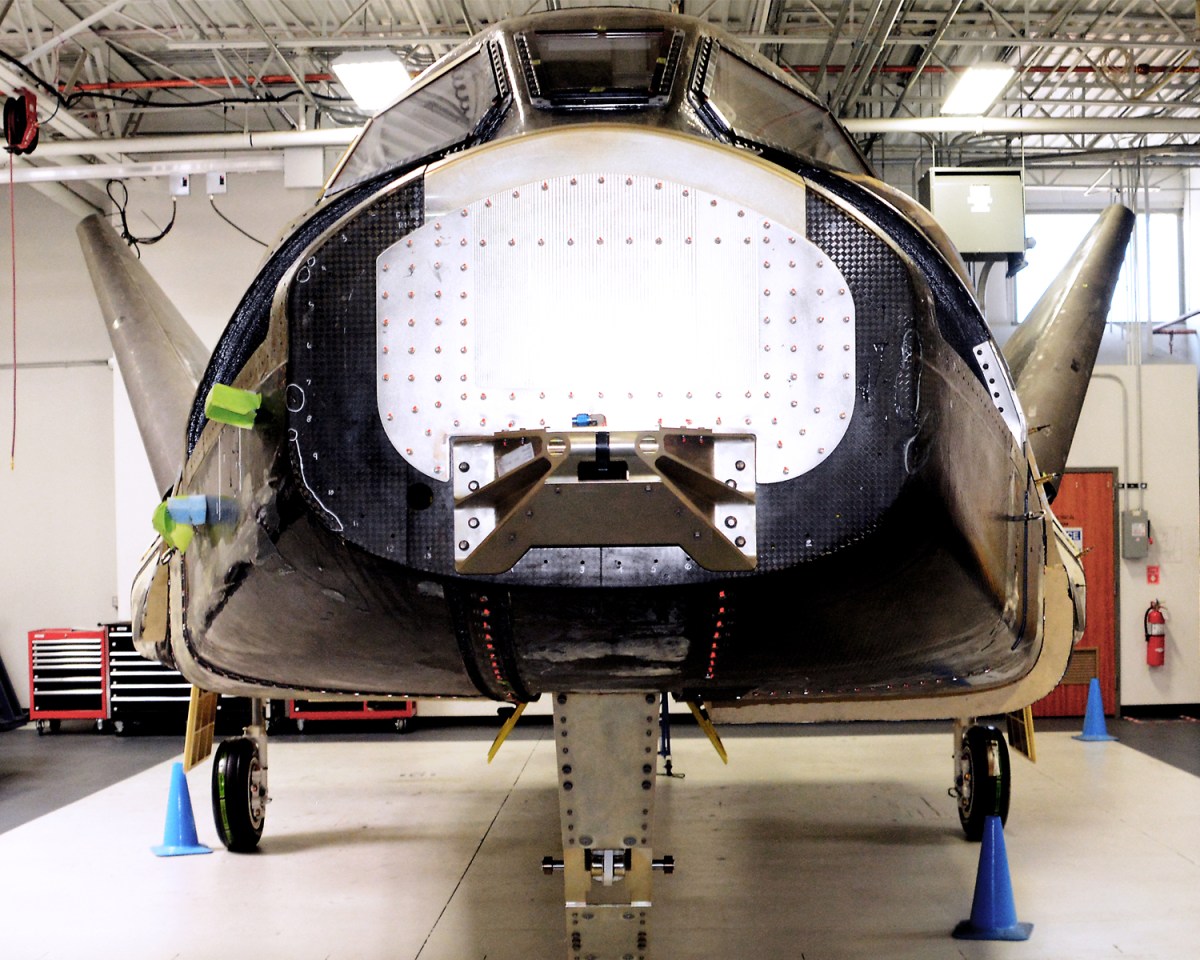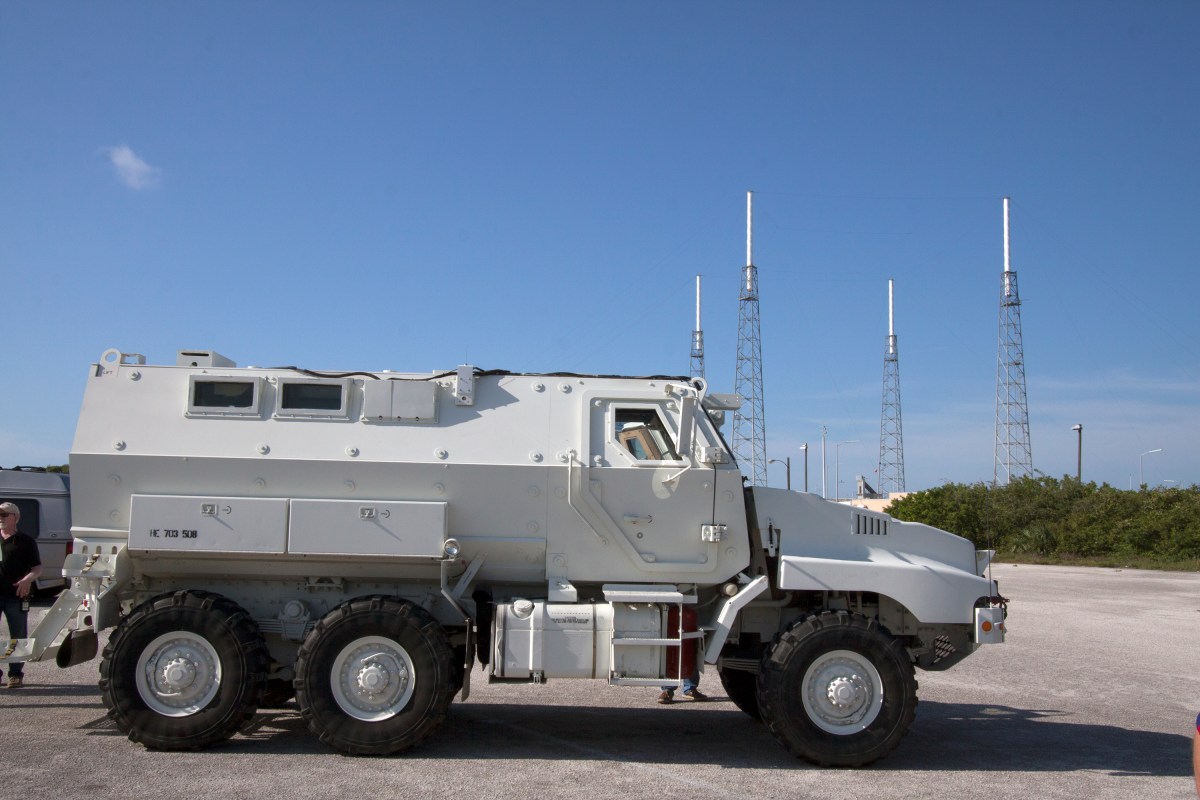Are you in New Orleans for the Fourth of July Weekend? Be sure to check out the NASA exhibits at Essence Fest at the Audubon Institute’s Aquarium July 1-5! 
Month: June 2015
A Closer Look at Our Docking Port
The cargo Dragon spacecraft set to launch this morning is carrying a 1,000-pound International Docking Adapter that will make it easier for Commercial Crew spacecraft to connect to the station. IDA-1, as the component is called, will be connected to the port on the end of the Harmony module on the space station. Equipped with modernized docking targets and sensors, the IDA, made by Boeing, will give the Boeing CST-100 and SpaceX Crew Dragon a place to dock. Many of the sensors and targets are set up so the spacecraft can steer safely to the station and dock automatically to the IDA. A second IDA will be sent into space later will be connected to another port on the station to provide a backup parking place for spacecraft. There’s a lot more to the IDA’s story, including the cooperation it has taken to make, test and launch. For those details, go to http://go.nasa.gov/1Ik5HjQ.  .
.
Docking Adapter to Set Stage for Commercial Crew Craft
 SpaceX and Boeing will work together to see a component valuable to the Commercial Crew effort of both companies delivered to the International Space Station this weekend. Boeing built the 42-inch-tall International Docking Adapter that is nestled inside the trunk of SpaceX’s Dragon spacecraft as it awaits launch to the station.
SpaceX and Boeing will work together to see a component valuable to the Commercial Crew effort of both companies delivered to the International Space Station this weekend. Boeing built the 42-inch-tall International Docking Adapter that is nestled inside the trunk of SpaceX’s Dragon spacecraft as it awaits launch to the station.
The IDA, as the adapter is called, will be the first of two installed on the station that will give Boeing’s CST-100 and SpaceX’s Crew Dragon a place to park when they bring astronauts to the orbiting laboratory in the near future. Both of the next generation of crewed spacecraft are being built to the universal standards of the IDA which also features advanced sensors and targets that allow spacecraft visiting the station to safely dock autonomously. Read more about the IDAs and what went into building and processing them for launch at http://go.nasa.gov/1Ik5HjQ
Tile Shop Prepping Heat Shields for Future Flights
 By Steven Siceloff,
By Steven Siceloff,
NASA’s Kennedy Space Center, Fla.
Heat shield tiles are getting stronger to make the next generation of American spacecraft safer as they experience searing heat and plasma on their way back into Earth’s atmosphere for landing.
The Thermal Protection System Facility is equipped with a variety of specialized tools to produce the precise tile shapes unique to each spacecraft’s design. For the first time since 2011, about 75 media and social media representatives toured the workshop and got a glimpse into how tiles are developed. Demonstrations also were performed, such as how waterproofing tiles protects spacecraft from rain, sleet and snow.
 Tiles developed in the facility were used on NASA’s Orion spacecraft, which performed its first flight test in December 2014. Data obtained about the thermal protection system during the flight test will help engineers refine the spacecraft’s system ahead of its first uncrewed flight, Exploration Mission-1, and first crewed mission to orbit around the moon in the 2020s, preparing NASA for longer journeys to Mars.
Tiles developed in the facility were used on NASA’s Orion spacecraft, which performed its first flight test in December 2014. Data obtained about the thermal protection system during the flight test will help engineers refine the spacecraft’s system ahead of its first uncrewed flight, Exploration Mission-1, and first crewed mission to orbit around the moon in the 2020s, preparing NASA for longer journeys to Mars.
Jacobs Technology engineers are producing test samples that will be used to protect the Dream Chaser spacecraft under development by Sierra Nevada Corporation (SNC) in partnership with the agency’s Commercial Crew Program. The facility is the same workshop that produced space shuttle heat shield tiles at NASA’s Kennedy Space Center for more than 30 years.
SNC continues to advance its development of the reusable Dream Chaser spacecraft that launches vertically atop a United Launch Alliance Atlas V rocket and returns to Earth for a runway landing. Like the shuttle, the Dream Chaser will use several kinds of protective materials on the outside of the spacecraft to form a protective barrier. Tiles made from improved silica-based blocks will make up most of the belly and upper portion of the heat shield, while a new material developed at NASA’s Ames Research Center called “TUFROC” will cover the nose and leading edges. Those are the surfaces that must resist and mitigate the highest temperatures the spacecraft experiences from the friction of re-entering Earth’s atmosphere. Another factor that makes the tiles desirable for a heat shield: they are mostly air. As a result, the tiles are extremely lightweight, a vital factor for spacecraft design in which weight is the primary driver of launch costs.
At first glance, the white blocks with a Styrofoam texture look no different than the thousands of blocks made for the space shuttle heat shields before being coated with a black ceramic material. But these new blocks incorporate advanced materials, making them stronger while maintaining the capability to prevent searing plasma from jeopardizing a spacecraft or its crew during the hazardous phase of a mission as the crew returns from orbit through Earth’s atmosphere on the way to a landing.
The nose skid of the Dream Chaser currently is outfitted with thermal protection system tiles to assess performance in preparation for a free-flight test of the spacecraft at the agency’s Armstrong Flight Research Center targeted for later this year.
New Crew Access Tower Takes Shape at Cape
 A new crew access tower is taking shape one segment at a time at Cape Canaveral Air Force Station where metalworkers are assembling steel beams into tiers which will be stacked atop each other to form a 200-foot-tall structure fit to host astronauts as they embark on a mission to the International Space Station. The structure is being tailored by United Launch Alliance to the specifications of Boeing’s CST-100 spacecraft which is to lift off from Space Launch Complex 41 aboard United Launch Alliance’s Atlas V rocket to take astronauts to the orbiting laboratory for NASA’s Commercial Crew Program. Read more, at http://go.nasa.gov/1NkRbYY.
A new crew access tower is taking shape one segment at a time at Cape Canaveral Air Force Station where metalworkers are assembling steel beams into tiers which will be stacked atop each other to form a 200-foot-tall structure fit to host astronauts as they embark on a mission to the International Space Station. The structure is being tailored by United Launch Alliance to the specifications of Boeing’s CST-100 spacecraft which is to lift off from Space Launch Complex 41 aboard United Launch Alliance’s Atlas V rocket to take astronauts to the orbiting laboratory for NASA’s Commercial Crew Program. Read more, at http://go.nasa.gov/1NkRbYY.
Dream Chaser Prepares for Flight
Sierra Nevada Corporation’s Dream Chaser engineering test article is being prepped for its second free-flight test at NASA’s Armstrong Flight Research Center in California later this year. The flight test is a milestone under NASA’s Commercial Crew Integrated Capability (CCiCap) agreement with SNC. The wings, windows and landing gear are installed. The Dream Chaser’s the nose skid will have thermal protection system tiles on the vehicle, manufactured at Kennedy Space Center’s Thermal Protection System Facility, for the flight test. The performance of the tiles will be assessed following the touch down on the runway.
SNC will share their thermal protection system work and a status of the Dream Chaser spacecraft to media and social media attending CRS-7 activities at Kennedy Space Center next week.
Watch Commercial Crew’s Kathy Lueders on NASA TV at 11
Want to see the latest progress in Commercial Crew? Watch Kathy Lueders on NASA TV beginning at 11 a.m. EDT as she discusses on Space Station Live the advancements in developing a new generation of crew transportation systems to fly astronauts to the International Space Station. Lueders is the program manager for Commercial Crew. You can tune in to NASA TV or watch the live link below.
MRAP Rolls Through Pad Evacuation Runs
 Engineers recently timed an MRAP armored vehicle for potential launch pad evacuation routes as preparations for Commercial Crew flights move ahead. The 45,000-pound MRAP is a great improvement over the M113 used during the space shuttle era in many regards. Larger and more powerful, the MRAP offers a mobile bunker to astronauts and ground crews in the unlikely event they have to get away from the launch pad quickly in an emergency. Read more of the details about the testing and what it means for the next generation of human-rated spacecraft launching astronauts from American soil to the International Space Station: http://go.nasa.gov/1fkcCOw
Engineers recently timed an MRAP armored vehicle for potential launch pad evacuation routes as preparations for Commercial Crew flights move ahead. The 45,000-pound MRAP is a great improvement over the M113 used during the space shuttle era in many regards. Larger and more powerful, the MRAP offers a mobile bunker to astronauts and ground crews in the unlikely event they have to get away from the launch pad quickly in an emergency. Read more of the details about the testing and what it means for the next generation of human-rated spacecraft launching astronauts from American soil to the International Space Station: http://go.nasa.gov/1fkcCOw
Color Your Space
 Space doesn’t carry sound, but you can see all sorts of colors up there! From the whites of the distant stars to the red glow from Mars, the universe is alive with a palette all its own. And that doesn’t include all the human-made spacecraft up there! What colors would you use on your spacecraft? Think about it a bit then take your artistic talents to this picture and show us what you came up with! Just print out the picture – your parents can help you – and apply some crayons, markers or colored pencils to provide your own hue of success. Then scan it or take a picture and send it to us by Twitter or Facebook post or in email to ksc-connect2ccp@mail.nasa.gov
Space doesn’t carry sound, but you can see all sorts of colors up there! From the whites of the distant stars to the red glow from Mars, the universe is alive with a palette all its own. And that doesn’t include all the human-made spacecraft up there! What colors would you use on your spacecraft? Think about it a bit then take your artistic talents to this picture and show us what you came up with! Just print out the picture – your parents can help you – and apply some crayons, markers or colored pencils to provide your own hue of success. Then scan it or take a picture and send it to us by Twitter or Facebook post or in email to ksc-connect2ccp@mail.nasa.gov
Video: NASA’s Two Paths to Space
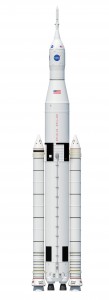 Different destinations call for different vehicles and approaches on Earth – just ask anyone who has taken an RV on a family vacation! NASA is applying that philosophy to space exploration with Commercial Crew and the Orion/Space Launch System.
Different destinations call for different vehicles and approaches on Earth – just ask anyone who has taken an RV on a family vacation! NASA is applying that philosophy to space exploration with Commercial Crew and the Orion/Space Launch System.

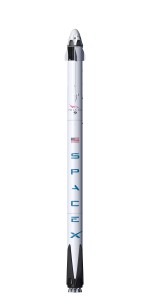 The two spacecraft under development by Commercial Crew providers Boeing and SpaceX are destined for the International Space Station, orbiting more than 250 miles above Earth. Astronauts will fly inside the Boeing CST-100 and SpaceX Crew Dragon spacecraft to reach the station where they will conduct research off the Earth, for the Earth. Both the CST-100 and Crew Dragon will fly into space aboard rockets certified to safely carry astronauts to low-Earth orbit.
The two spacecraft under development by Commercial Crew providers Boeing and SpaceX are destined for the International Space Station, orbiting more than 250 miles above Earth. Astronauts will fly inside the Boeing CST-100 and SpaceX Crew Dragon spacecraft to reach the station where they will conduct research off the Earth, for the Earth. Both the CST-100 and Crew Dragon will fly into space aboard rockets certified to safely carry astronauts to low-Earth orbit.
NASA’s Orion spacecraft is built to be launched aboard the massive Space Launch System, the first rocket since the Saturn V designed to send astronauts beyond the bounds of Earth orbit and into deep space. Astronauts inside Orion will conduct exploration missions to near-Earth asteroids and in the proving ground around the moon before making the journey to Mars in the 2030s. It’s a strategy involving all of the space agency’s human spaceflight knowledge and hard-won experience.

